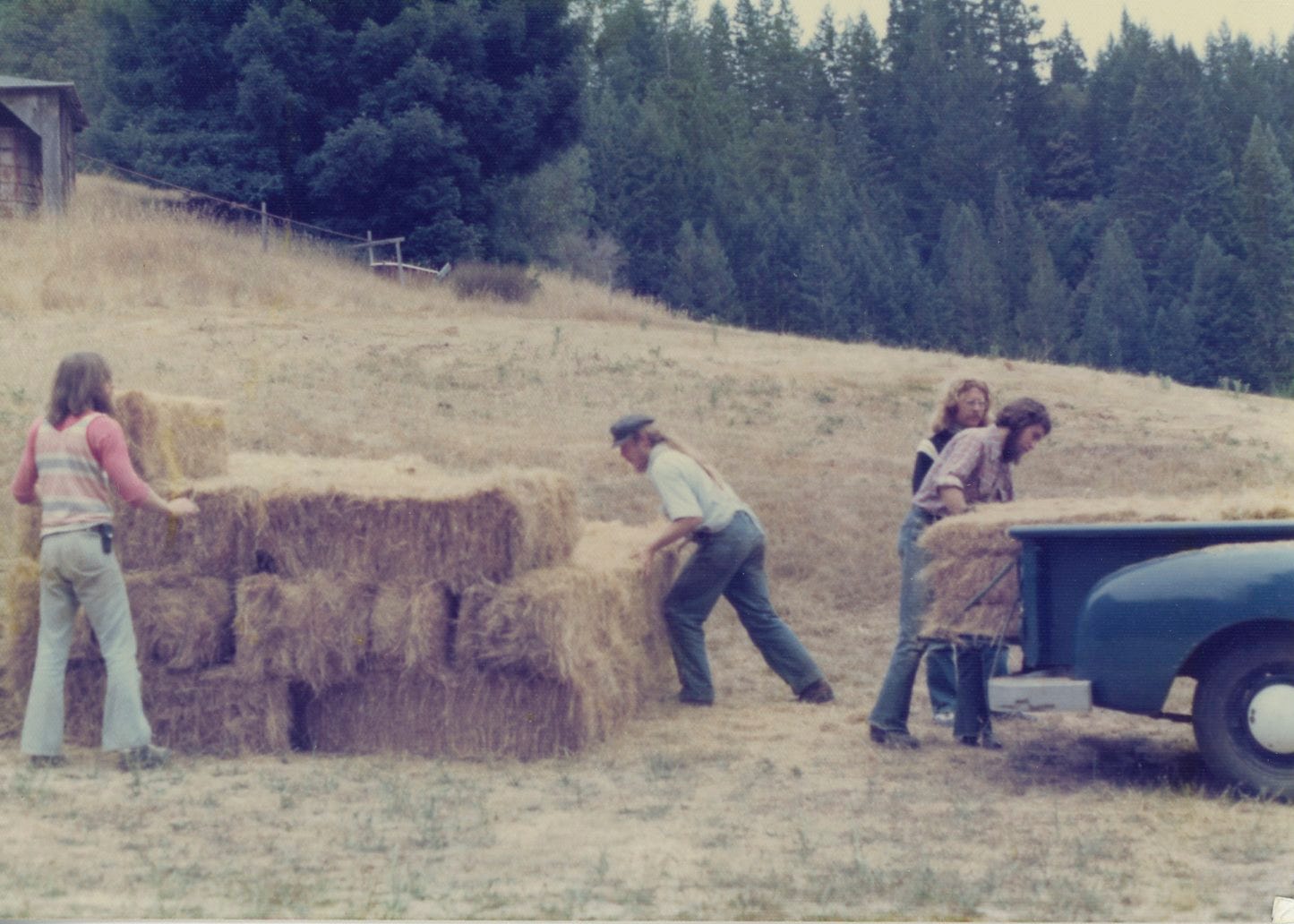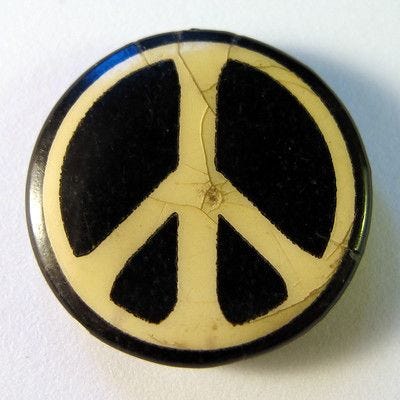Hello Readers,
Before this week’s article I want to thank you for taking a few moments to understand more about the Counterculture movement in the U.S. Researching this phenomenon as an anthropologist, I’m finding answers to questions about why the movement happened, and I’m digging up evidence for what worked, so many hippie values became mainstream. But a question remains, What’s up with hippie shaming?
Recently I watched the documentary, American Commune on Prime. The filmmakers are two sisters who were born and raised on The Farm in Tennessee, Stephen and Ina May Gaskin’s commune. Their film explores the hippie shame they felt after leaving The Farm in the mid-1980s.
The Mundo sisters’ film reveals organized attempts from high levels to end the counterculture movement. Under FBI director Edgar J. Hoover and in cahoots with then President Nixon, Gaskin’s Farm was under surveillance for over ten years. Footage shows the commune being raided for cultivating marijuana, but the only cultivars found were vegetables and beans. Makes one wonder why the U.S. government didn’t like hippies, the topic of today’s post.
“A hippie is someone who dresses like Tarzan, has hair like Jane, and smells like Cheetah.”
Ronald Reagan, Governor of California, 1967
Hippies were cultural newcomers to 1960s America. Their “immigrant” ideas and values provoked fear of change among the old guard, and they were right—American society was transformed. Society’s fear of hippies is important to consider in the overarching view of the Sixties and Seventies because it was pervasive, systemic. It was intentional from the top on down.
The literature I reviewed, as well as the project participants in my study, are in agreement about the central issues causing fear: drugs (marijuana and LSD), sexual liberation, and social change.
In the late Sixties, the Royal Canadian Mounted Police (RCMP) launched an undercover investigation modeled on the domestic intelligence practices of the Federal Bureau of Investigation (FBI) in the United States under Director J. Edgar Hoover. In the article, ‘They smell bad, have diseases, and are lazy’: RCMP Officers Reporting on Hippies in the Late Sixties (2009), Marcel Martel writes: “By collecting information on drug users, and then identifying ‘the hippie’ as a drug user, the RCMP was able to successfully depict hippies as a threat.”
Hippies constituted a threat because they challenged status-quo morality and were establishing new social values. In his investigation, Martel found a report by an undercover RCMP officer asserting that hippies were dangerous, he wrote, “because by using drugs and disobeying laws they would also change things.” Making hippies appear as a menace and threat to society was part of the agenda from the highest levels of government.
In Making Sense of the Sixties, a 1991 documentary, Theodore Roszak, who wrote The Making of a Counterculture in 1969 (see post 1.2), speaks in an interview about the role drugs played in the counterculture movement.
“The fascination with drugs was not fun and games in the Sixties. For many people it was a way to see reality differently, and hopefully, therefore to change your values.”
But to the general public, hallucinogenic drugs were to be feared. Time magazine description of the marijuana and LSD experience didn’t help to calm fears, writing in July, 1967:
“Most hippies become insatiable hedonists, smoking and eating whatever can turn them on in a hurry; making love, however and with whomever they can find that ‘feels good and doesn’t hurt anybody.’”
According to the Time editorial, the hippies were profoundly offensive to the “straight sector” because of their total disregard for consent or disapproval as expressed in their ethic of “do your own thing” which replaced the Protestant Ethic.
The Time editorial critique identifies another reason hippies were “enigmatic,” difficult to interpret or understand, that “while condemning virtually every aspect of the American scene, from its foreign policy to its moral values, [hippies] offer no debatable alternatives.”
However, both the literature and my family’s lived experience are evidence that the hippies were living and demonstrating an alternative by going back to the land in search of a better way to live. Their collective actions were like a chorus: this is what we don’t want, this is what we do want. Perhaps blinded by the drummed up fear, the “straights” couldn’t see this was one of many emerging alternative models.

Back-to-the-land communities emerged through groups of like-minded people finding rural communities losing population. They became small holders. Some bought small farms, others came together to buy land and divide into two or three homesteads. They were like-minded neighbors who could rely on one another, while owning and building their own places.
They became property owners with a stake and a share in the community, befriending and learning from the old timers who know how to live on the land. Some eventually sold and moved on in the years to come, but many made a lifelong commitment to their land and community and continue homesteading today.
Now fifty years on, there is maturity in these places. The trees planted then bear the fruit of experience. What wisdom can we glean?
References for this post and further reading and viewing:
Hoffman, David, director, Making Sense of the Sixties. 1991
Martel, Marcel, ‘They smell bad, have diseases, and are lazy’: RCMP Officers Reporting on Hippies in the Late Sixties. 2009
Mundo, Nadine & Rena Mundo Crushere, American Commune. 2013 (Prime Video)
Roszak, Theodore The Making of a Counterculture. 1968
Time Magazine, The Hippies. July 7, 1967
Up next: What works: Rural Communities and Civil Commons









